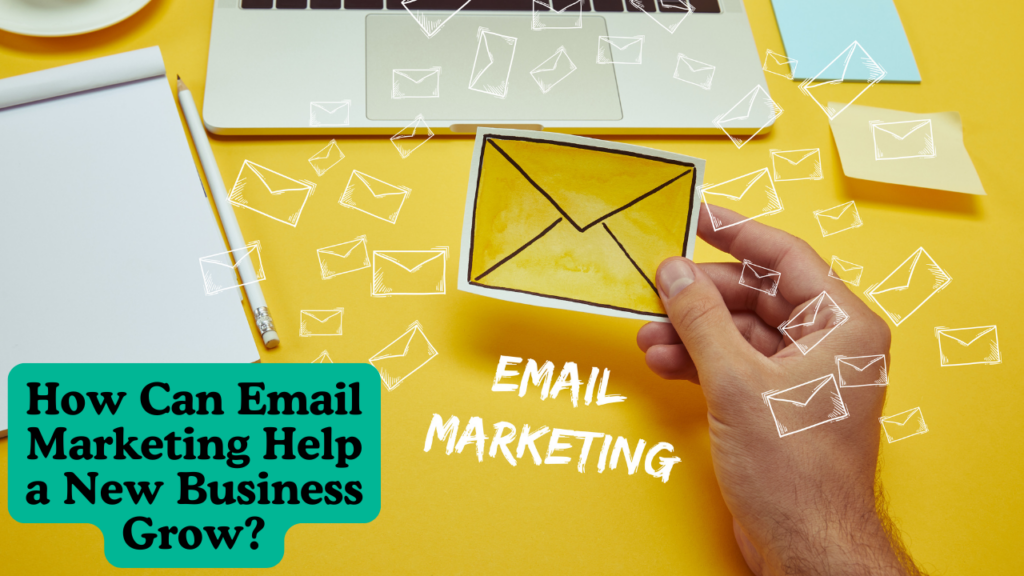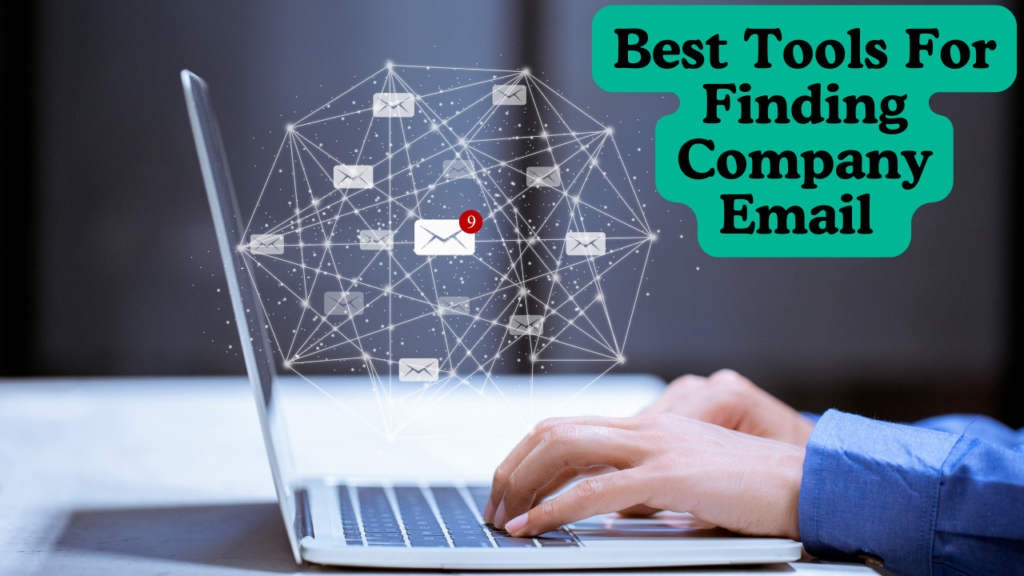An email marketing automation specialist is the backbone of modern digital campaigns. This role focuses on crafting automated workflows that connect businesses with their audiences. If you’re curious about becoming a CRL email marketing automation specialist or understanding what they do, this guide breaks it down.
What is a CRL Email Marketing Automation Specialist?
This professional specializes in:
- Automating email campaigns: Sending emails triggered by user actions, such as signing up or making a purchase.
- Personalizing email content: Making emails relevant to each user.
- Analyzing performance: Using metrics to improve campaigns over time.
Their goal is to improve communication between businesses and customers while saving time and effort.
Why is This Role Important?
Email marketing is one of the most effective digital tools. Businesses earn an average of $36 for every $1 spent on email marketing. A CRL specialist ensures this channel works smoothly by:
- Reducing manual tasks.
- Improving customer engagement.
- Increasing conversion rates.
Key Responsibilities of a CRL Email Marketing Automation Specialist
1. Designing Email Workflows
Workflows automate tasks like:
- Sending a welcome email to new subscribers.
- Reminding customers about abandoned carts.
- Sharing personalized recommendations.
2. Writing Effective Email Copy
Good email copy grabs attention. CRL specialists write:
- Clear subject lines.
- Concise body text.
- Strong calls-to-action (CTAs).
3. Segmenting Email Lists
Segmentation ensures the right people get the right message. For example:
- New customers get a welcome series.
- Returning buyers see loyalty rewards.
4. Tracking Campaign Performance
Tracking ensures campaigns are successful. Important metrics include:
- Open rates: How many people open your email.
- Click-through rates: How many people click a link.
- Bounce rates: Emails that fail to reach the inbox.
Skills Needed for CRL Email Marketing Automation Specialists
1. Technical Skills
You should know tools like:
- Mailchimp for easy automation.
- Klaviyo for e-commerce-focused campaigns.
- HubSpot for integrated marketing.
2. Creativity
You need to write engaging emails and create appealing designs.
3. Analytical Thinking
Analyze data to:
- Improve future campaigns.
- Adjust strategies based on performance.
Tools Used by CRL Email Marketing Automation Specialists
Using the right tools makes a big difference. Specialists rely on platforms that streamline processes and deliver results. Here are some popular tools:
- ActiveCampaign: Perfect for creating workflows that automate repetitive tasks.
- Klaviyo: Best for e-commerce businesses, offering integration with platforms like Shopify.
- HubSpot: A powerful platform for email automation combined with CRM tools.
- Mailchimp: Ideal for beginners, with user-friendly templates and automation options.
- Sendinblue: Budget-friendly with solid automation features for small businesses.
These tools help specialists manage tasks such as email design, automation, and tracking.
Challenges CRL Email Marketing Automation Specialists Face
1. Ensuring Deliverability
Deliverability is key. Emails must reach the inbox, not the spam folder. To achieve this:
- Maintain a clean email list by removing invalid addresses.
- Avoid spammy content, such as excessive exclamation marks.
2. Balancing Automation and Personalization
Automation can feel impersonal if overused. Specialists must:
- Add personal touches like the recipient’s name.
- Customize content based on user behavior.
3. Interpreting Data
Campaign data can be complex. Specialists analyze metrics like open rates and click-through rates to tweak strategies.
Benefits of CRL Email Marketing Automation
- Time-Saving: Automation handles repetitive tasks like sending welcome emails or reminders.
- Higher Engagement: Personalized emails encourage users to take action.
- Cost-Effective: Automation reduces manual work, saving resources while increasing ROI.
- Scalability: Specialists can manage large email lists efficiently.
Key Aspects of CRL Email Marketing Automation
| Aspect | Details |
| Main Role | Automating email campaigns and personalizing user experiences. |
| Key Tools | Mailchimp, Klaviyo, ActiveCampaign, HubSpot, Sendinblue. |
| Primary Challenges | Deliverability, balancing automation, analyzing data. |
| Core Benefits | Saves time, boosts engagement, increases ROI. |
| Skills Required | Technical expertise, creativity, analytical thinking. |
| Metrics to Monitor | Open rates, click-through rates, conversion rates. |
Advanced Techniques for Specialists
1. Leveraging AI for Predictive Analytics
AI tools predict customer behavior. For example, they suggest the best time to send emails to increase open rates.
2. A/B Testing
Testing different subject lines or email designs helps improve performance. Specialists use tools to compare results and choose what works best.
3. Dynamic Content
Dynamic content ensures emails are relevant. For example, showcasing product recommendations based on user browsing history.
Conclusion: Why This Role Matters
A CRL email marketing automation specialist plays a crucial role in modern marketing strategies. They ensure emails reach the right audience at the right time while maintaining personalization and efficiency. By leveraging tools like Mailchimp and Klaviyo, analyzing data, and crafting engaging workflows, these specialists help businesses:
- Build stronger customer relationships.
- Increase engagement and conversions.
- Save time and resources.
Investing in email marketing automation isn’t just a good idea—it’s essential for businesses aiming to thrive in today’s competitive landscape.
Frequently Asked Questions (FAQs)
1. What is a CRL email marketing automation specialist?
This specialist focuses on automating email campaigns to improve efficiency and personalization. They use tools like Mailchimp or ActiveCampaign to design workflows, track performance, and engage audiences.
2. Do I need technical skills for this role?
Yes, but they are manageable. Familiarity with email marketing platforms like Klaviyo or HubSpot is essential. Basic knowledge of analytics and a creative mindset are also important.
3. What challenges do specialists face?
The main challenges include:
- Ensuring emails don’t end up in spam folders.
- Balancing automation with personalization.
- Analyzing data to improve campaigns.
4. What are the most important metrics to monitor?
Specialists focus on:
- Open rates: Percentage of recipients who open emails.
- Click-through rates: Percentage of users who click links.
- Bounce rates: Percentage of undelivered emails.
5. Which industries benefit most from email marketing automation?
Industries like e-commerce, SaaS, and non-profits see the most benefits. For example:
- E-commerce brands use automation for cart reminders and product recommendations.
- SaaS companies nurture leads and onboard users.
- Non-profits engage donors with personalized messages.
6. How do I become a CRL email marketing automation specialist?
Start by:
- Learning email marketing platforms like Mailchimp or Klaviyo.
- Gaining certification from HubSpot, Google, or similar platforms.
- Practicing analytics to improve campaign performance.
- Building a portfolio of email campaigns to showcase your skills.
7. Can small businesses afford email automation?
Yes, tools like Sendinblue offer affordable solutions for small businesses. Automation saves time and increases ROI, making it a cost-effective option.
Final Tips for Success
- Start Small: Begin with simple workflows like welcome emails or birthday discounts.
- Always Test: A/B test subject lines, content, and CTAs to find what resonates best with your audience.
- Focus on Personalization: Use segmentation and dynamic content to make emails more relevant.
- Keep Learning: Stay updated with new tools and trends in email marketing.
By following these tips and mastering automation tools, you’ll excel as a CRL email marketing automation specialist, helping businesses grow and succeed.


